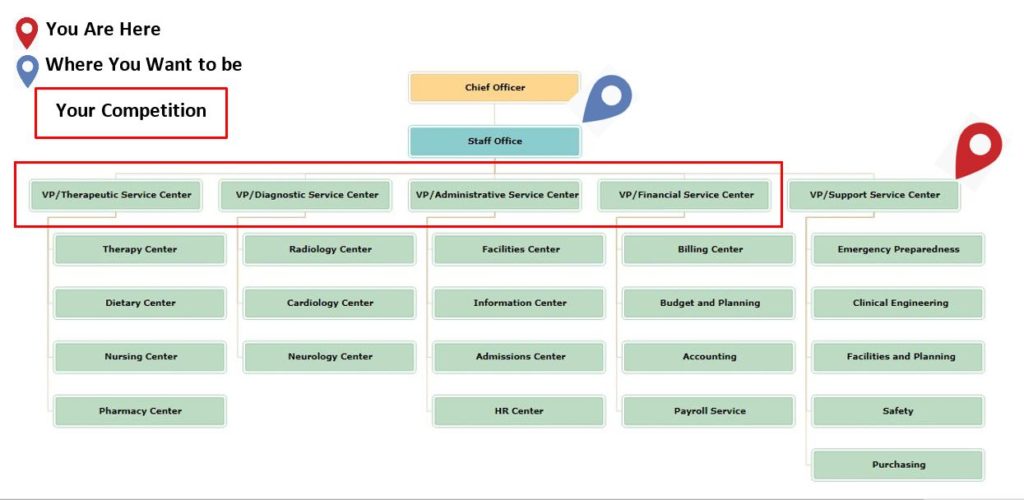As the Chief Strategy Officer for your career, the time must come to think critically about cost vs. investment. Too often, people confuse the two. Allow me to be elementary for a moment and clarify what I mean by cost and investment.
A cost is an expense that allows you to fund your lifestyle under your current income and cost structures. You can control costs, but you can’t avoid them.
I’m not suggesting that cost is not important, but should it be your primary concern? If so then everyone would be driving the same economy cars, eating from the dollar menu and buying clothes at __ Mart.
An investment, on the other hand, is an expense, the primary purpose of which is to change the future income or cost structure of your Personal Enterprise – your career in this case.
Costs are tactical, investments are strategic.
Think about this, you spent 4 to 6 years and a lot of money to educate yourself. Then you got an entry-level job and worked your way through a promotion or two. In the process, you acquired marketable skills and gained irreplaceable experience. You want to advance in your career, and you invest how much to market yourself?
But now comes that point in your career known as the glass ceiling. Here’s something to help illustrate this enigmatic barrier. As you can see in the illustration below, there are plenty of opportunities across the green layers of this organization.

Climb that Ladder!
Over time, you work your way through the layers because there’s been a balance of sorts between opportunities and the people seeking them. However, after you reach the top of the green tier, the opportunities, the kind that represents the payoff for years of hard work, are severely limited and highly competitive. Many people reach this point yet haplessly rely on the same-as-usual tactics to try to move into a position for which they are qualified. After a couple of failed attempts, being the strategic-thinking, confident senior-level manager you’ve become, you realize that it may be time for a different approach – a new resume perhaps. Now let’s recall the difference between cost and investment. In an investment scenario, the expense is such the money spent will return and bring with it even more money.
Assessing the Risk
So how do you decide if investing in a professional resume is a good idea? Being the good strategist you are, you run a quick Risk Assessment. We will price the resume at $1K. Yes, that’s a lot of money but for this exercise, we will assume you believe effectiveness is tied to service level and price rises with the level of service. To validate this assumption I ask; how much would you pay for a lawyer if you were being sued?
Resume expense: $1000.
Cost of not getting the job = -$5000/ month .
Frequency of opportunity = 1x per 18 months.
Total cost for not getting promoted: -$108,000.
Consideration #1 – Results vs. Cost
Under a cost scenario, you are $1000 ahead for not spending the money on a professional resume. Your income remains unchanged and growth of your Personal Enterprise is stagnant. Under an investment scenario, where you invested the $1000 for a resume, got an interview and talked your way through to promotion, your gain is $107,000 ($108k-1k) and your ROI on the investment stands at 107% That percentage increases with every new paycheck, every month, every year. Where else will you find such an aggressive rate of return? My mission here is to help you through the understandable reluctance of spending money and to shift your thinking from cost control to becoming results-oriented. Hopefully, you more clearly see that investing in your Personal Enterprise is not a cost, and it will return to you many times over.


You must be logged in to post a comment.